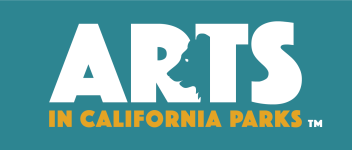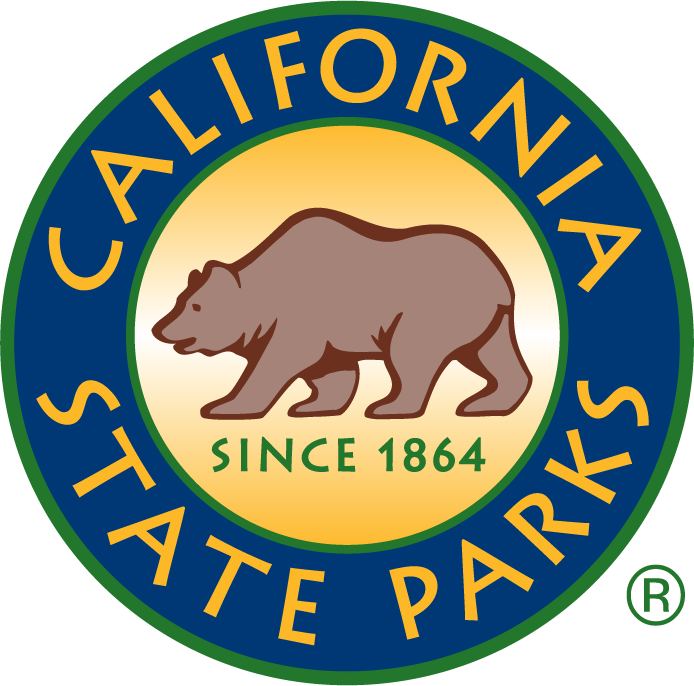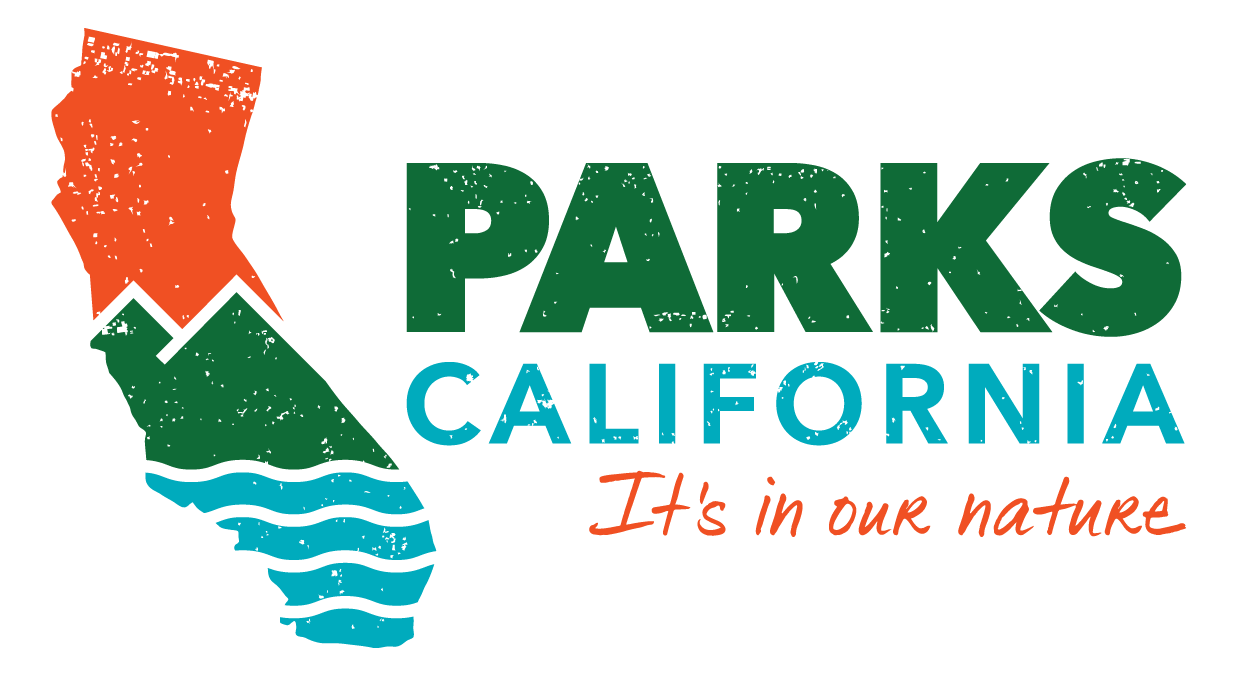Frequently Asked Questions
Important Dates
June – August, 2024: Application review period
September 2024: Grant awards announced
October 2024: Grant funds disbursed, and grant period begins
General
Who can apply for this grant opportunity?
Eligible applicants include 501(c)3 organizations, California Native American Tribes (inclusive of federal and non-federally recognized tribes), Native 7871 Organizations, Land Trusts, Fiscally Sponsored Community Organizations, Foundations, and/or Local Government Agencies (City, County, Regional).
If I am an artist, how can I get involved?
We encourage individuals and artists to sign up to our Artist Directory and reach out to eligible applicants (see question above) to get involved.
What are the different funding opportunities?
- Planning and Development Grants (8-month grant cycle; October 2024 – May 2025) support the early stages of project development with a focus on building partnerships, artist selection and developing project plans.
- Implementation Grants (12-month grant cycle; October 2024 – September 2025) support the execution of a community engagement, art and culture programs with a well-defined partnership.
Will there be other funding cycle for the Arts in California Parks, Local Grant Program launch?
When should projects and activities take place?
- For the Planning and Development Grants, projects should take place within the 8-month grant period. Grant awards will be announced in September 2024, with projects to begin as early as October 2024 and should be completed by May 2025.
- For the Implementation Grants, projects should take place within the 12-month grant period. Grant awards will be announced in September 2024, with projects to begin as early as October 2024 and should be completed by September 2025.
What is the required coordination between entities within a grant application?
- For Planning and Development Grants we require that organizations engage with the relevant stakeholders to discuss their proposed activities before applying. Applicants must provide the name, title, and email address of the partnered entity. If available, supporting documentation of the proposed collaboration, such as emails or letters, is encouraged.
- For organizations, please specify your knowledge and awareness of government processes and procedures related to your grant proposal.
- For local parks, please specify if you have engaged with artists, nonprofits, or other community organizations.
- Implementation Grant applicants are required to provide evidence of confirmation that their organization has received approval with relevant stakeholders for the proposed activities before applying. Supporting documentation, such as emails or letters, confirming the established partnership will be due with your submission.
Do my projects and activities need to take place only in local public parks?
How do you define “local public parks”?
The Arts in California Parks Local Parks Grant Program defines local parks as land that is owned or managed by a local city, county, park or community service district, land trusts, regional park or open space district, non-profit organization or foundation, or any other entity other than federal and state agencies. Both indoor and outdoor spaces can be considered.
What is an “open space”?
What's an example of eligible indoor space?
What are the program’s preferred regions?
We encourage all, including those in rural and traditionally underrepresented regions, to
apply for this grant opportunity.
Preferred regions include but are not limited to the Central Valley, Inland Empire, Far North
and Far South California, and Tribal lands.
How does this program support California State Parks’ Reexamining Our Past initiative?
Is the proposal scoring sheet available to applicants?
Yes, the proposal scoring sheet for Planning and Development and Implementation proposals are both available as a guiding tool for all applicants.
Who can I reach out to if I have questions about the grant guidelines?
- We encourage applicants to view the informational webinar posted in the 2024 Arts in California Parks Grant Program Resource Hub. Parks California is also available to answer questions, support proposal development, and offer technical assistance to all interested parties.
- For the 2024/2025 grant cycle, Parks California staff will host community office hours:
- Every Wednesday from 2 p.m. – 3 p.m. from April 24 through May 29, 2024.
- To register for Community Office Hours, click here. These office hours are open to everyone and you to join at your convenience.
- Staff will also be available to meet with organizations for one-on-one, 15-minute calls on May 2 and June 6, 2024.
- To schedule a 15-minute meeting during one-on-one office hours, click here.
- After reviewing all of the materials, if you have additional questions, contact Sarah Scheideman at grants@parkscalifornia.org. If we receive more demand for community hours and one-on-ones than currently available, we will offer additional times.
When are grant applications due?
Grant applications are due on June 14, 2024.
Can a single organization apply for multiple projects?
Only one application per organization will be considered for funding. However, fiscal sponsor organizations may support multiple projects led by different organizations.
To apply for the Implementation Grant, do I need to have completed a Planning and Development Grant?
Do I have to apply for an Implementation Grant after I complete my Planning and Development Grant?
Where can I find the grant application?
The grant application and other resources can be found in the Resource Hub at Local Parks Grant Resources – Arts in California Parks.
A downloadable PDF version of the grant application can be accessed in the grant portal, Foundant. Once in the portal, navigate to the grant listing and click on “Preview” at the bottom right. Then, in the top right corner, you will find the “Question List” for the PDF version.
Is it possible for an organization to apply for both a planning and implementation grant?
Can the grant help build new parks or is it only for existing parks?
Yes, the grant program can help develop new parks if the proposal outlines a project that meets the goals, objectives, criteria, and timeline for the Arts in California Parks, Local Grants Program.
Programming
What are the Eligibility Criteria for the Arts in California Parks, Local Parks Program’s project proposals?
Criteria for the grant programs can be found here.
What are examples of art programs that qualify for Arts in California Parks?
What are examples of community engagement?
Is there a minimum set of hours of community engagement that we must conduct for this program?
Is my organization allowed to charge a fee for members of the public to participate in the art program proposed in the application?
All art experiences associated with this grant program should be free and accessible to members of the public.
What is the best way to estimate artist fees?
Artist fees are an allowable expense and artists should be compensated for their time and talents. To inform your budget proposal, discuss the scope of your project with the artist (or art-based organization). For additional information, you can find resources in the Online Resources.
Does Arts in California Parks have an artist directory I could reference for my program?
Can single programs exist in multiple local park locations?
- Yes, single programs can exist in multiple local park locations.
- If you’d like to include State Park properties in addition to local parks, please reach out to the grants team by setting up a 1:1 consultation at this link to discuss your proposal further.
Are established events eligible under this program?
Yes, established events can be eligible under this program if there’s a proposal to enhance them with new elements like community engagement, expand to other local parks, and/or artistic components as well as meet the overarching goals of the Arts in California Parks program.
Is preference given to artists and/or organizations listed in the Artist Directory?
No, preference is not given to artists and/or organizations listed in the Artist Directory.
Budget and Allowable Costs
Is this a reimbursement grant?
What are the allowable expenses under this grant?
- Planning and Development Grants allowable program expenses could include but are not limited to costs associated for workshops, community engagement activities, staff time, planning, materials, and other forms of equitable artist selection practices.
- Implementation Grant allowable program activities expenses could include but are not limited to costs associated with events, community engagements activities, artist fees, staff time, installations, exhibitions, rentals, permits, maintenance cost during the grant period and art program production. Additionally, grant funding may be used to offset admission fees. It’s essential to include these costs in the budget and budget narrative for transparency.
What are considered ineligible costs under this grant?
Are indirect expenses allowed in this grant?
Indirect expenses will be considered as part of grant proposals and should be clearly outlined in the budget template and narrative. Colleges, Universities, and Government agencies: For maximum efficiency of limited resources, it is Parks California’s policy to fund indirect or overhead costs up to 15% of the approved project amount. For Non-profit organizations, Parks California does not employ a fixed minimum or maximum rate for indirect costs. We encourage you to submit an indirect cost request that is a fair and reasonable estimate of indirect costs related to the total project funds requested. Project budgets are evaluated within the totality of the application.
Do artists get paid for this type of work?
Fees will vary based on the scope of work. Please visit the Online Resources for additional information.
Can grant funds be used for the maintenance of art installations?
How should vendor fees for program events be managed?
If vendors for program events are charged a fee, the fee should be accessible. If there’s any revenue gained from the vendor fees, applicant should note how/if the funds will be reinvested in the program (i.e. help offset other event costs) and document this appropriately within the grant application and project budget.
Is there a minimum organizational budget requirement?
There is no minimum organizational budget requirement. Organizations of all sizes are encouraged to apply.
How much funding is available for the grant program?
For the Local Parks Grant program, there’s $8 million available to distribute in grants over the next 3 grant cycles (2024, 2025, 2026).
This year, knowing that we have $8 million available over the next three years, we anticipate awarding $250,000 in grant awards for the Planning and Development track, and $2,500,000 in grant awards for Implementation Grant track.
While we anticipate awarding these funds, we recommend minimum grant requests to not be less than $15,000. We also recommend applicants submit a proposal that meets their needs.
Is match funding required for either grant track?
No, matching funds are not a requirement to be eligible for either of the Arts in California Parks, Local Grants Program funding tracks. However, matching grant components are preferred for the Implementation Grant.
Reporting Requirements
What are the reporting requirements?
A mid-grant and final report will be required. Final reports are due within 30 days upon conclusion of the funded activity. Grantees shall use the report template provided by Parks California and all reports shall be submitted electronically through Parks California’s grant management system. In addition to the final report, for Planning and Development grantees, will also be asked to submit a Final Project Plan.



